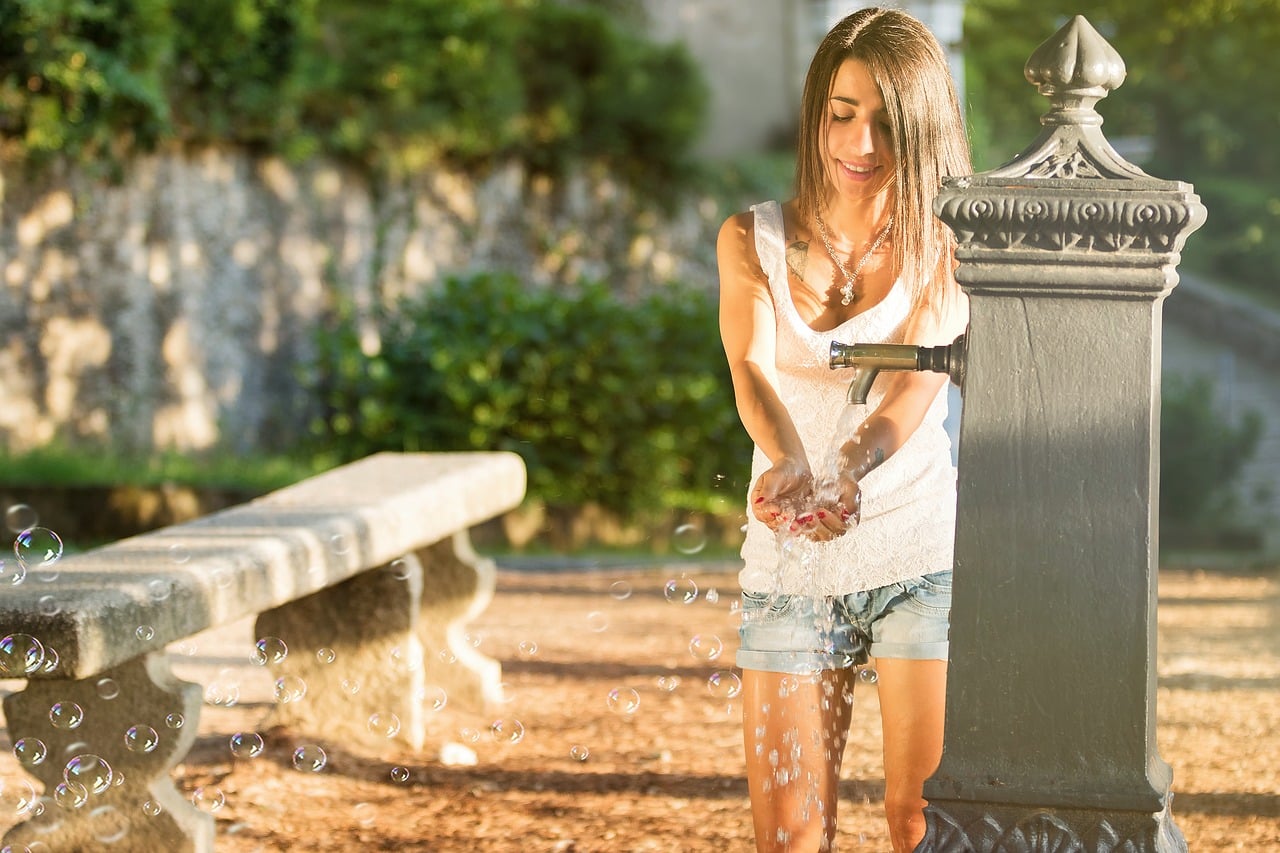While the resident of the East side of South Africa lavishes in rainfall, the West seems to have a bit of a problem. Cape Town is known for many things such as Table Mountain, its many white coastal beaches, as well as its city life and beauty. It sounds lovely and that is why it has been such a popular tourist destination to travellers all around the world. Hence all these positive factors, it is also known as the city that has four seasons in one day which includes wind and a lot of it.
So, while places like Durban and Johannesburg enjoy the rain, Cape Town has a serious problem that tends to blow all the rain to the East of South Africa. While this might be beneficial to residents on the Eastern side of the country, the West awaits day zero and dreads it.
Some of the Biggest Facts Regarding Water in South Africa
- 88% of all households in SA have access to water
This is set to be a massive accomplishment for the continent as many countries have limited access to running water and most have none whatsoever. Most provinces either to western side or those with cities have piped water, while place such as Limpopo and the Eastern Cape have less access to piped water.
- Piped water covers less than 50% of South African homes
There are approximately 46.4% of piped water in dwelling areas, 26.8% piped water which is already implemented on properties, 13.3% public/ communal tap water, 2.4% of the water that is used from that of neighbours tap, 1.8% of the borehole on-site water and 9.3% unknown water resources.
- SA has less water than Namibia and Botswana when it comes to supplying water per person
According to U.S. studies, SA has more freshwater resources than both Namibia and Botswana, due to its biggest dam, the Kariba which is recognized as Africa’s largest dam. These water sources, however, need to be equally divided amongst the population, which in South Africa’s case, is far more than it is compared to other African countries.
Get bottled water coolers and mains water coolers from Living-Water in London.






